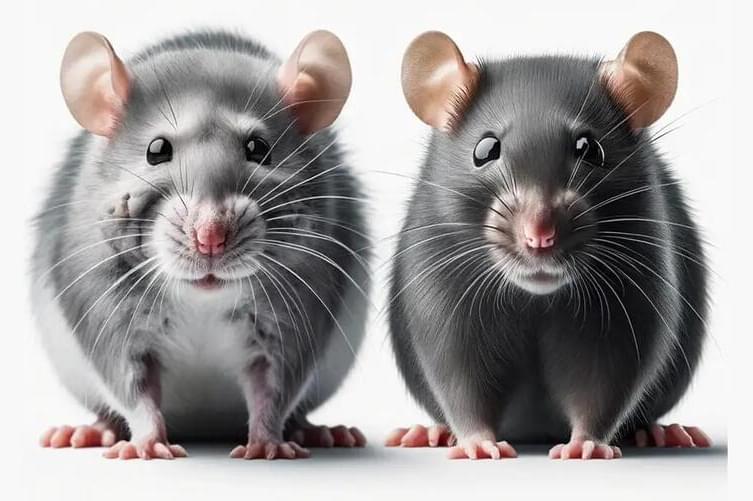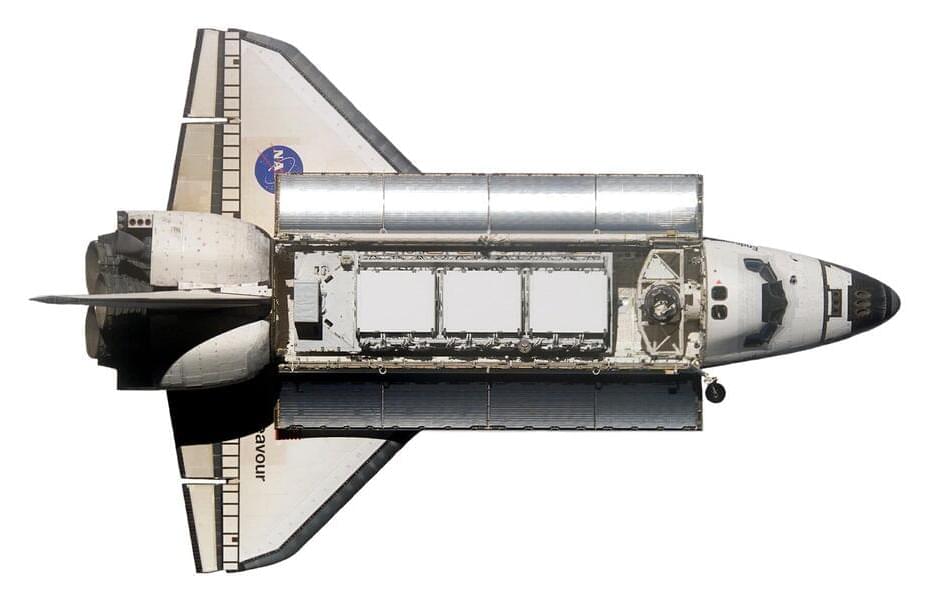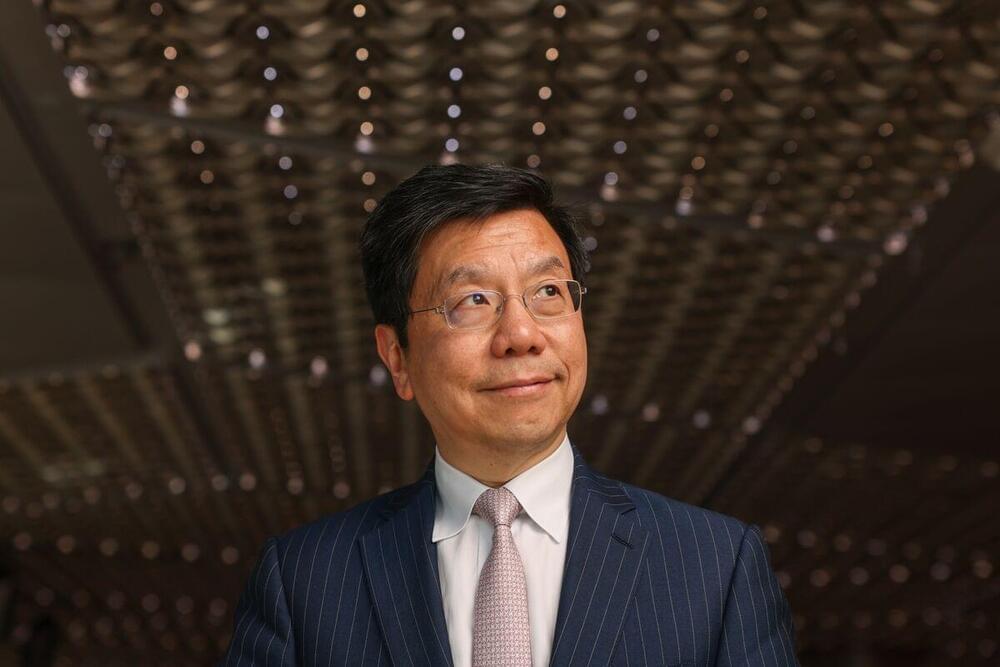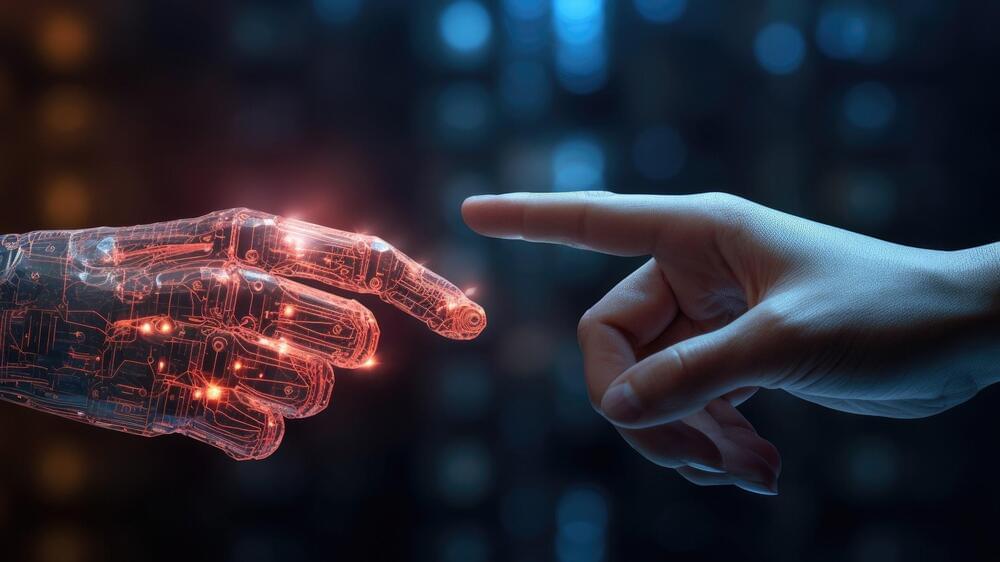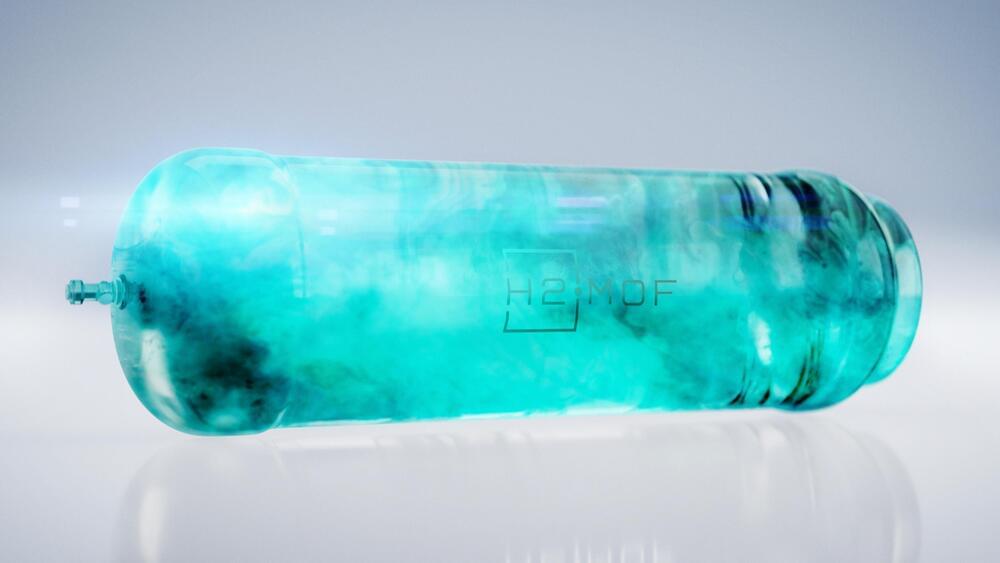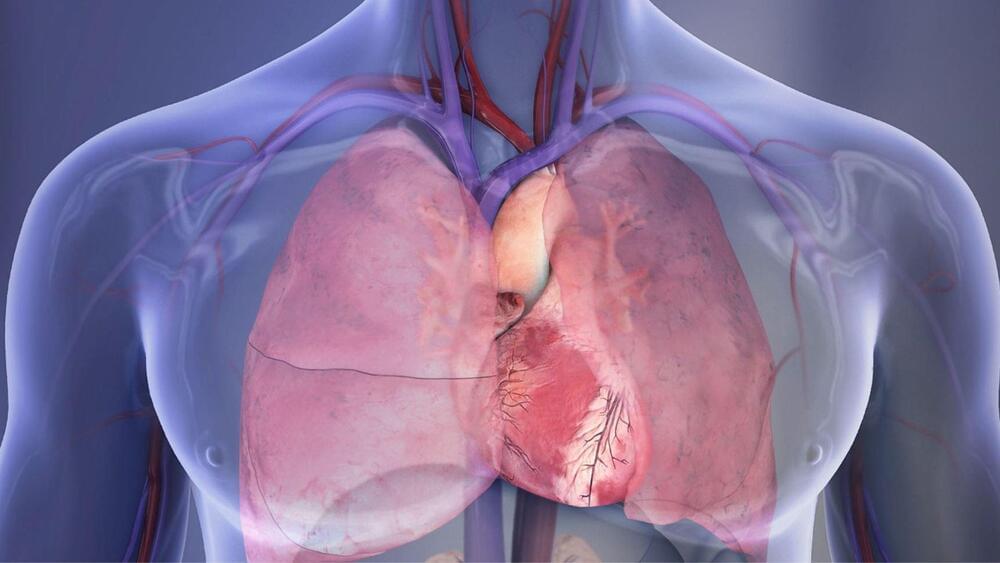A team of archaeologists, geophysicists, geologists, and paleontologists affiliated with multiple institutions in Indonesia has found evidence showing that Gunung Padang is the oldest known pyramid in the world. In their paper published in the journal Archaeological Prospection, the group describes their multi-year study of the cultural heritage site.
Gunung Padang has for many years been considered a megalithic structure—it sits on top of an extinct volcano in West Java, Indonesia, and is considered by locals to be a sacred site. In 1998, it was declared to be a cultural heritage site. For many years there has been disagreement regarding the nature of the hill. Some have suggested it was made naturally with humans adding some adornments on top, while others have argued that evidence has suggested the hill was all or mostly man-made.
For this new study, the research team conducted a long-term, scientific study of the structure. Over the years 2011 to 2015, they studied the structure using seismic tomography, electrical resistivity tomography and ground-penetrating radar. They also drilled down into the hill and collected core samples that allowed them to use radiocarbon dating techniques to learn the ages of the layers that make up the hill.

